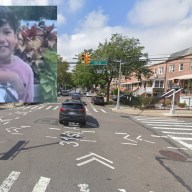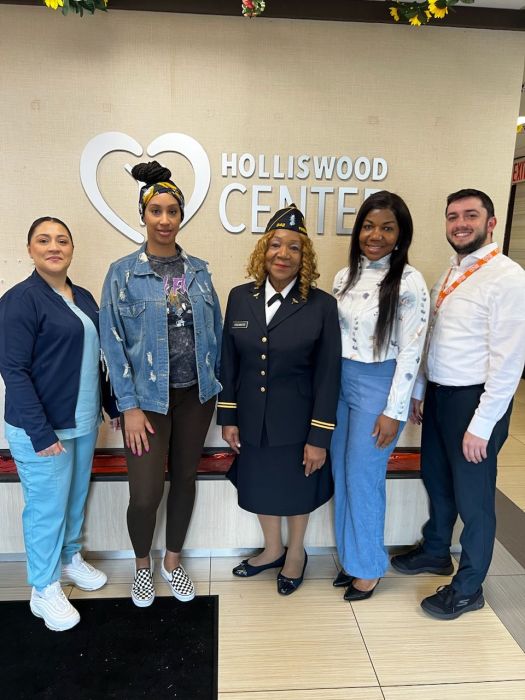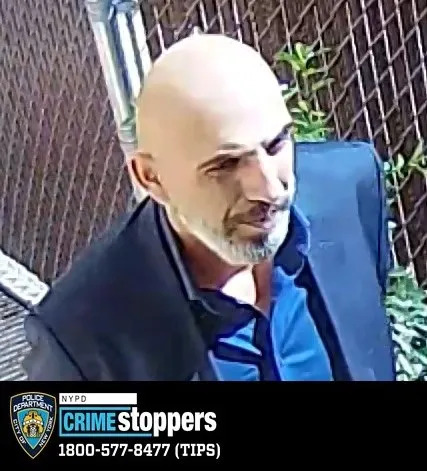By Daniel Massey
Rami Mannaa is a Palestinian Israeli who grew up going to bar mitzvahs. Ori Sonnenschein is a Jewish Israeli who celebrates Ramadan each year. The 17-year-old boys are neighbors in a village called Neve-Shalom/Wahat Al-Salam, or “Oasis of Peace,” that stands midway between Jerusalem and Tel Aviv.
Mannaa has lived in Neve Shalom/Wahat Al-Salam, as the village is called in both Hebrew and Arabic, since he was 4, while Sonnenschein was born there. Nominated for the Nobel Peace Prize five times since its founding in the 1970s by a Dominican priest, the village is the only place in Israel where Jews and Arabs voluntarily live side by side.
As tensions rise in the Middle East, the 25 Jewish and 25 Palestinian families that call the village home demonstrate that the two groups can live together as equals in peace, Mannaa and Sonnenschein said.
“The village is of a unique kind,” said Mannaa, when the pair visited the Muslim Al-Iman School along the Van Wyck Expressway in Jamaica Jan. 8. “Palestinians and Jews live together sharing everyday life by choice, in harmony.”
The village boasts its own award-winning primary school, the only bilingual school officially recognized in Israel, and an internationally acclaimed School for Peace, which has conducted conflict mediation workshops for more than 25,000 Palestinians and Jews.
Both Mannaa and Sonnenschein attended the village’s primary school.
“Growing up in Neve Shalom has given me opportunities 98 percent of the country did not have,” Sonnenschein said, “the most important one being meeting and interacting with Arabs on a daily basis.”
Students from the Al-Iman School were delighted to hear that Arabs attend Passover seders each year at the Sonnenschein house and that Jews join Mannaa’s family to celebrate the Muslim holy month of Ramadan.
After the two teenagers ate lunch with the school’s upper grades, they gave a brief presentation and then participated in a lively 90-minute question-and-answer session during which they were peppered with questions from a curious student body fascinated by their tale of peaceful co-existence.
“Are there any conflicts in the village, and if so, how are they solved?” one student asked. “Is there a way to apply your methods to the outside world?”
Mannaa recalled that a memorial to honor a Jewish resident killed in a military helicopter crash caused tensions in the village to boil over. The soldier died on his way to Lebanon, where an offensive against Arabs had been launched.
Al-Iman students wanted to know if Sonnenschein planned to join the army and how he felt about the possibility of having to fire on Palestinian friends.
Sonnenschein, who is about to begin his mandatory military service, said the issue of Jewish residents joining the army had created conflict in the village. He said he was happy that he has a medical exemption that will keep him from combat duty and away from potentially having to fight against people with whom he grew up.
“If I would have to go to combat, I wouldn’t know how to deal with it,” he said.
His friend Mannaa is getting ready to go to college since military service is only mandatory for Jewish Israelis.
No matter what the conflict, Mannaa and Sonnenschein said, dialogue, not violence, is the method of resolution employed by residents of Neve Shalom/Wahat Al-Salam.
Referring to the case of the soldier killed on his way to Lebanon, Mannaa said “we talked and had a vote and decided to do the memorial.”
Al Imam students were impressed by what they heard.
“It’s nice to know there are people who don’t always take war as a primary decision,” said Eraj Zaidi, a 10th-grader.
Samara Mukhtar, a 12th grader, said she was inspired to find there were alternatives to the destruction seen every day on the news.
“It gives people hope that there is a way to solve problems without violence, that peace is a possibility,” she said.
Reach reporter Daniel Massey by e-mail at Timesledger@aol.com or call 229-0300, Ext. 156.

































